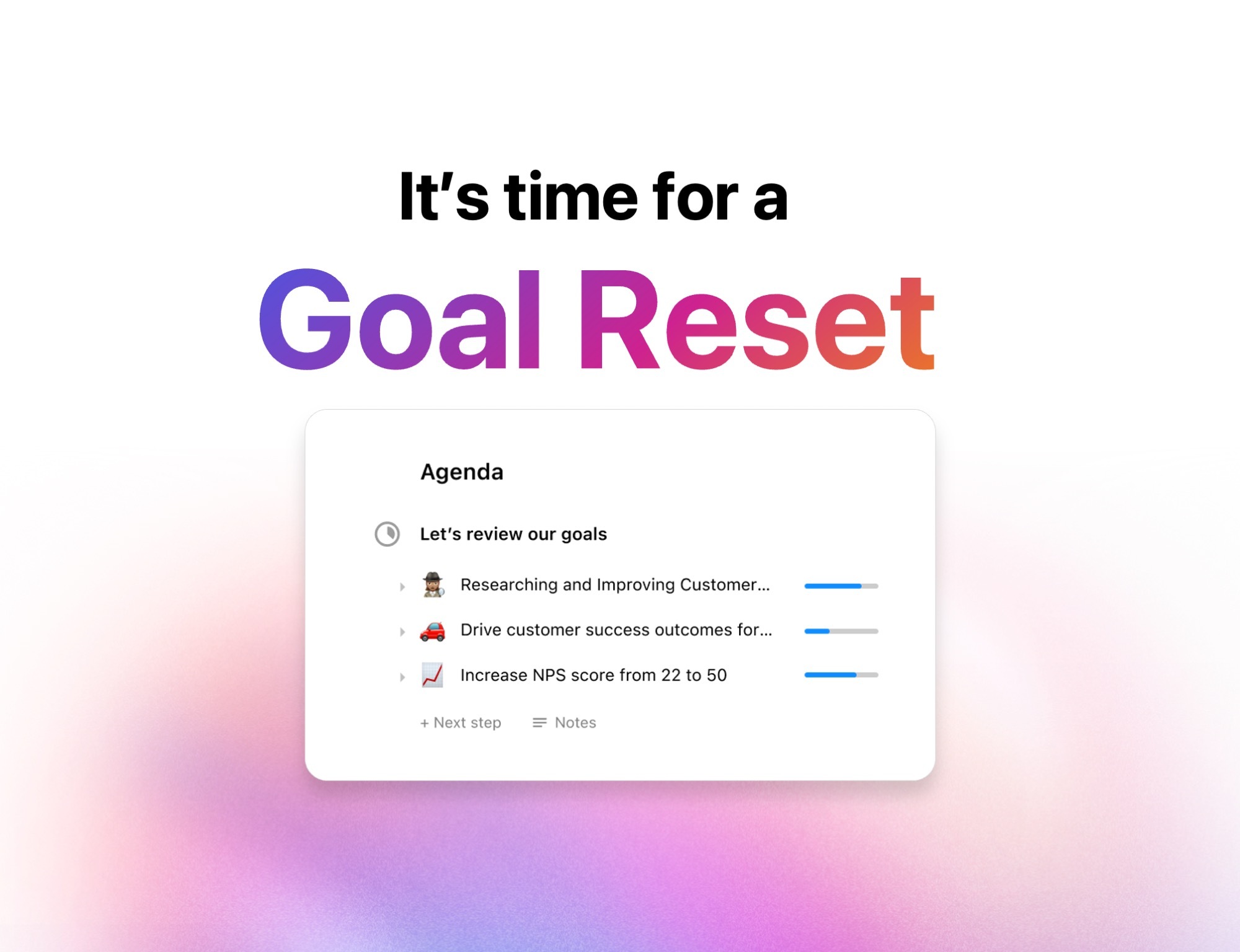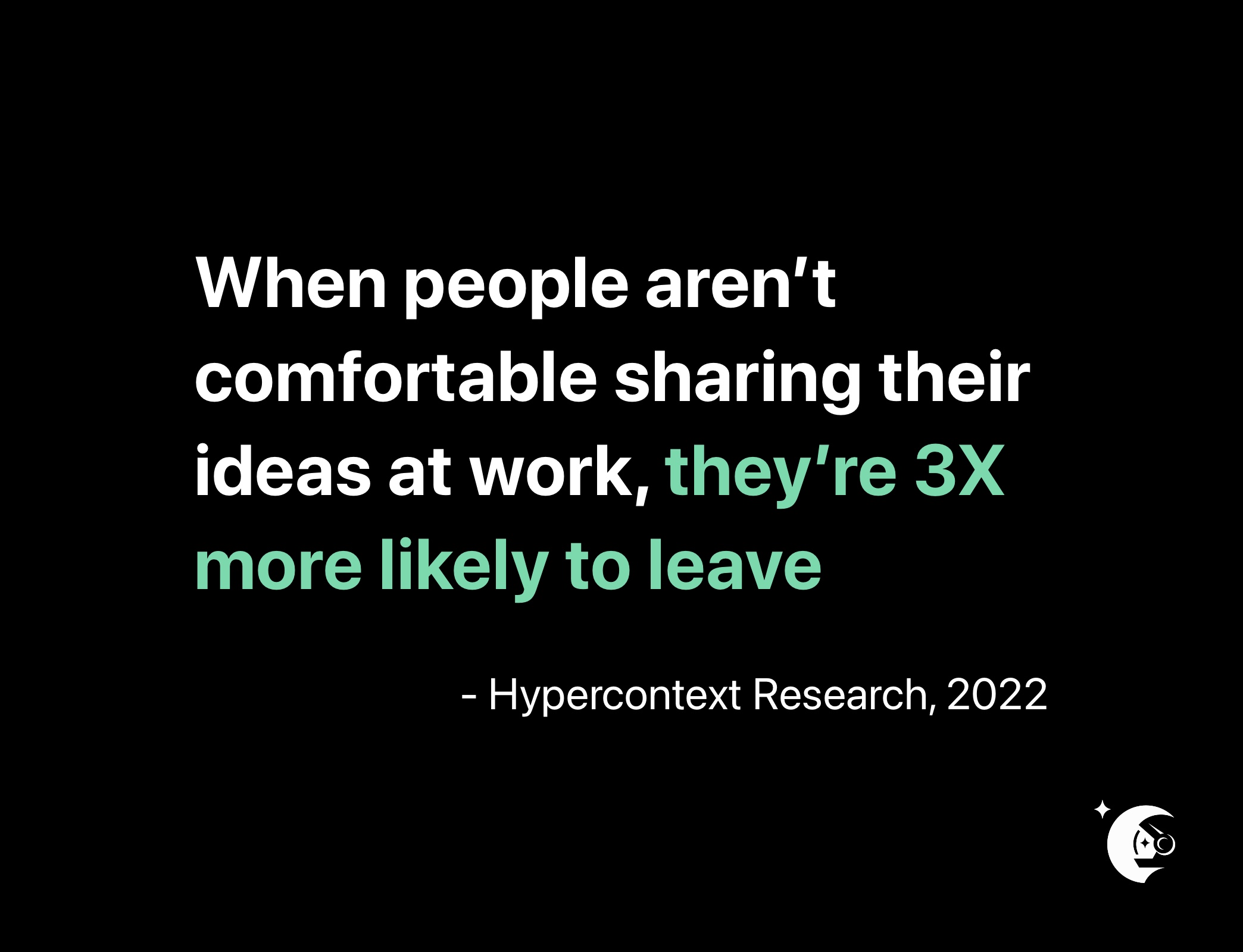
Employee engagement is difficult to measure and even harder to directly connect to bottom-line results, but it’s critical to success for all organizations. The traditional way of assessing employee engagement, the employee survey, is dying. This is being replaced with direct feedback as a way to gain insight into what’s helping and hindering your employees’ level of engagement. Josh Bersin of Deloitte wrote a comprehensive post about feedback being the new killer app. The reason feedback is so powerful is that it creates a strong bias towards action.
Employee Feedback Should Be Acted On With As Much Urgency As Customer Feedback
One area some organizations have gotten smarter about feedback is with customer feedback. Customer feedback loops not only measure customer satisfaction but also take action on issues and then double-confirm that they’ve addressed the customer’s concern.
In comparison to just measuring customer satisfaction, customer feedback loops have been shown to have a tremendous impact on bottom-line results.
We should extend this line of thought to employee feedback.
The Employee Feedback Loop

Input
The first critical step is creating an easy, centralized location for employees to provide their input. Feedback must be actively encouraged by all levels of management.
Process
Your process for managing feedback is critical. It’s one of the more challenging aspects of setting up a program to collect employee feedback effectively. You need to be able to route the feedback to the right leader quickly and you need commitment across the organization to be able to evaluate and act on input in a timely way. For most organizations to do this well, the right technology and formal processes need to be in place.
We’ve found with our own customers that one of the most important contributors to success is a decentralized approach to managing feedback. When feedback rolls up to a centralized administrator, that individual or team becomes a bottleneck. It also has the tendency to diminish ownership amongst leaders who actually have responsibility for taking action.
Output
With an employee feedback system, there are multiple outputs.
One is actual data pertaining to what can be improved. This data can be grouped and classified as one way to measure employee engagement on a variety of business priorities.
Another output is the implemented idea. When feedback is consistently acted on, there’s huge potential for improvement. Studies have shown that in many instances, a bias towards action outperforms analysis (and then taking action). Many small ideas acted on add up to huge gains. According to the Idea Driven Organization, up to 80% of an organization’s opportunity for improvement comes from front-line employee ideas.
Feedback
The academic literature we reviewed in our employee suggestion box ebook was unanimous in saying that closing the feedback loop was the most critical element in maintaining a successful program. Letting employees know what action you took and why has more impact than the number of ideas that get implemented. In fact, one organization that measured this found that it took well over 20 failed submissions before an employee becomes frustrated. But only if there was feedback. Without feedback, employees quickly stopped submitting ideas.
Feedback can be invaluable in helping build an engaged culture, but you also need to take steps to make sure you’re influencing the quality of the feedback, how it gets evaluated, and making sure you close the feedback loop – both on the feedback itself, but also on the key business priorities you most hope engagement will influence.


